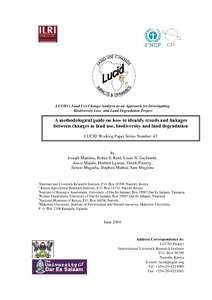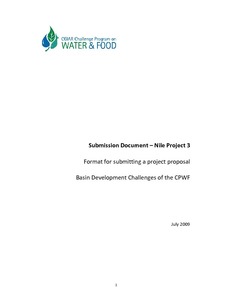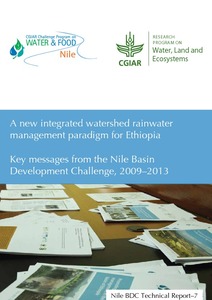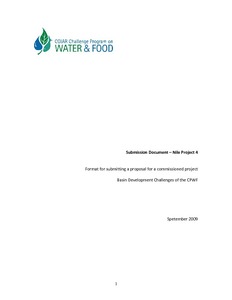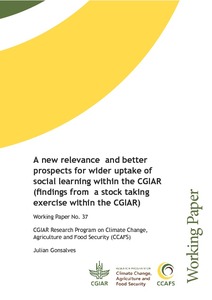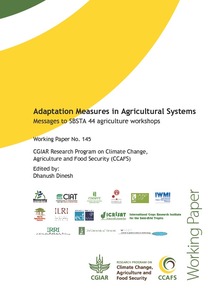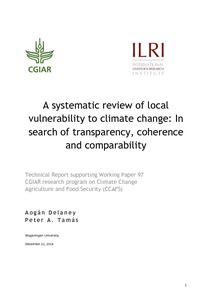A meta-analysis of the effects of communal livestock grazing on vegetation and soils in sub-Saharan Africa
Extensive livestock grazing is one of the most common and widespread forms of land uses in sub Saharan Africa (SSA). Studies assessing the effects of extensive livestock grazing on vegetation and soils in SSA are inconsistent in the direction and magnitude of study outcomes.



